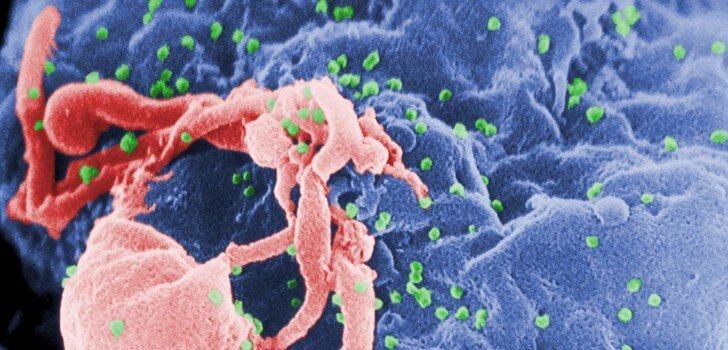According to statistics from the Centers for Disease Control and Prevention (CDC), the overall number of annual HIV diagnoses declined by 19% between 2005 and 2014. However, during this time period, the number of HIV diagnoses for men engaging in sexual activities with other men increased by 6%.
Although men who engage in sexual activities with other men only represent a fraction of the population, this group accounted for almost two-thirds of all HIV diagnoses last year. Additionally, it was shown that ethnic minorities are being disproportionately affected by HIV. From 2005 to 2014, a larger number of African Americans and Latinos were diagnosed with HIV, while the number of Caucasians diagnosed with the disease declined.
This information was released at an Atlanta conference that was focused on preventing the spread of HIV. Last year, there were about 40,000 people in the United States who were diagnosed with HIV. Currently, about 1.2 million Americans are living with the virus.
Director of the CDC’s National Center for STDs Jonathan Mermin said in a press release, “Although we are encouraged by the recent slowing of the epidemic, black gay and bisexual men, especially young men, continue to face a disproportionately high HIV burden and we must address it. Much more must be done to reduce new infections and to reverse the increases among Latino men.”
Meanwhile, the number of cases where HIV was obtained through sexual intercourse with the opposite sex declined by 35%. The number of diagnoses where HIV was contracted by using unclean needles for drug injection declined by 63%. Furthermore, 40% fewer women obtained HIV between 2005 and 2014. These findings explain why HIV is on a decline overall. Still, the statistics out of the gay community paint an alarming picture.
When different regions of the country are considered, southern states bear a disproportional burden. According to the CDC, about 44% of Americans living with HIV reside in a southern state. This region only accounts for about 37% of the United States population. In 2012, seven of the ten states with highest rates of death for HIV/AIDS were located in the south.
Stay Connected